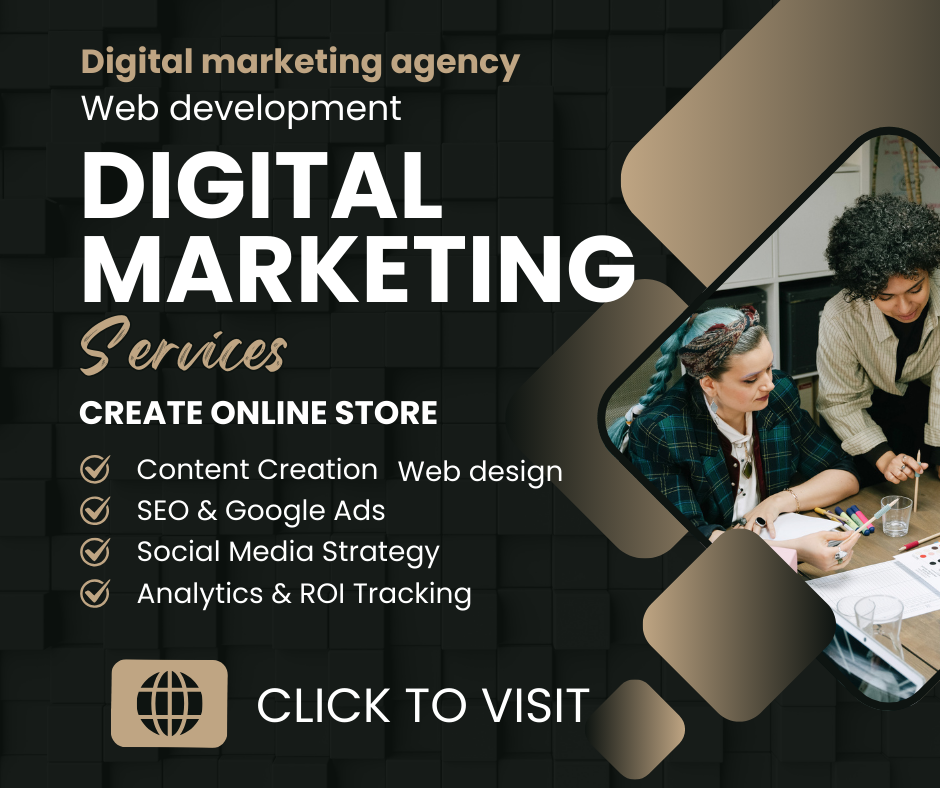Grow Your Business With Us
Difference Between SEO and PPC?
SEO vs. PPC: What’s the Difference and Which is Right for You?
Digital marketing for business owners – Ever feel lost in the world of online marketing? Should you focus on SEO or PPC to bring in more business? Many business owners face this exact puzzle. This article will break down the differences between SEO and PPC, highlight their pros and cons, and help you decide which strategy works best for your unique needs.
Understanding the Fundamentals: SEO Explained
This part defines what SEO is all about. What are its core ideas? Our YouTube Channel View Now
What is SEO (Search Engine Optimization)?
SEO, or Search Engine Optimization, is all about making your website rank higher in the organic search results. These are the results that appear below the paid ads. When someone searches for something online, your goal is to show up near the top of the search results.
SEO focuses on improving your site so it can rank well. On-page SEO makes your site friendly to search engines. Off-page SEO builds your site’s authority.
How SEO Works: A Simplified Overview
Search engines like Google use complex algorithms to decide which websites to show for a search. SEO works by ensuring that your website is easy for search engines to understand. How do you do this? Popuar seo tools
Key Benefits of SEO
SEO offers several valuable advantages. The benefits are amazing.
SEO can bring you long-term results. Once you rank high, you can stay there for a while. High rankings build trust. It makes people see your brand as credible. SEO often provides a great return on investment. Organic traffic is “free” once you get the ball rolling.
Decoding PPC: The Pay-Per-Click Model
Let’s explore PPC and its most important elements.
What is PPC (Pay-Per-Click) Advertising?
PPC, or Pay-Per-Click advertising, means that you pay each time someone clicks on your ad. Platforms such as Google Ads and Bing Ads allow you to run PPC campaigns. With PPC, you bid on keywords. When someone searches for that keyword, your ad might appear. You only pay if someone clicks on your ad. digital marketing for business owners
How PPC Campaigns Are Structured
PPC campaigns are structured in a specific way. Each campaign contains ad groups. Ad groups contain keywords and ads. Keywords trigger your ads to show.
Key Benefits of PPC
PPC has several key advantages. Are you wondering what they are?
PPC gives you instant visibility. Your ads appear right away, driving traffic. It lets you control who sees your ads. PPC provides data you can use to improve. You can see which keywords drive the most clicks and sales.
I Need a Website. Where Do I Start?
Picture this: you have an awesome idea for a business. Or maybe you’re a freelancer with mad skills. Perhaps you just want to share your passion with the world. What’s the one thing all these scenarios have in common? You need a website!
Building a website can feel overwhelming. There are so many options and technical terms. Where do you even begin? This guide breaks it down into simple steps. We’ll take you from that initial idea all the way to launching your very own site.
1. Defining Your Website’s Purpose & Goals
Before you write a single line of code, you need to understand the “why.” What’s the reason for your website? This foundation is super important for later. It guides your decisions and makes the entire process smoother. Website design expert
1.1 Identifying Your Target Audience
Who are you trying to reach? What age are they? What are their interests? How do they act online? Really think about the people you want visiting your site. These details help create user personas, which are profiles of your ideal customers.
1.2 Determining Your Website’s Objectives
What do you want your website to do? Do you want to get more leads? Are you trying to sell products? Build brand awareness? Maybe you just want to share information.
1.3 Choosing a Domain Name
Your domain name is your website’s address. It is important for branding. You want something easy to remember.
Think about keywords related to your business. Brainstorm lots of ideas. Then, check if those domain names are available. Sites like GoDaddy or Namecheap let you do this.
2. Selecting the Right Website Building Platform
There are different ways to build a website. Each platform has its pros and cons. Let’s look at a few popular choices.
2.1 Website Builders (e.g., Wix, Squarespace)
These platforms are easy to use. They often have a drag-and-drop interface. No coding required! This makes them good for beginners. The downside is that they can limit customization.
2.2 Content Management Systems (CMS) (e.g., WordPress)
A CMS gives you more freedom. You can build complex websites. However, it requires more technical skill. You can add a lot of content.
Think about a big news company using WordPress. They manage articles, photos, and videos. A content management system is perfect for this. WordPress is extremely popular. Over 40% of websites use it.
2.3 E-commerce Platforms (e.g., Shopify, BigCommerce)
These platforms are built for selling stuff online. They have features like shopping carts and payment processing. Inventory management is another great feature. digital marketing for business owners
3. Planning Your Website’s Structure & Content
User experience, also known as UX, is key. Think about how people will move around your site. This is all about information architecture.
3.1 Creating a Site Map
A site map shows how your website’s pages connect. It helps you plan navigation. The easier it is to navigate, the better.
You can use a site map generator. Or, just draw a diagram using Google docs.Google ads expert
3.2 Developing Compelling Content
Your content needs to be great. This means good writing, images, and videos. Make sure to optimize your content for search engines. This is SEO.
3.3 Designing for Mobile Responsiveness
Your website must look good on phones and tablets. This is mobile responsiveness. Nowadays, a lot of people browse on their phones. About half of all web traffic comes from mobile devices.
4. Designing and Customizing Your Website
Time to make your vision real. It’s all about looks and how things work.
4.1 Choosing a Template or Theme
Pick a design that fits your brand. It also needs to appeal to your audience.
Browse template sites like ThemeForest or TemplateMonster. Find something you like.
4.2 Customizing Your Website’s Appearance
Colors, fonts, images, and the layout matter. They create your brand’s look.
Use the same colors and fonts on every page. This helps to create consistency and a strong brand.
5. Optimizing Your Website for Search Engines (SEO)
SEO helps people find your website. This is how you get traffic from search engines.
5.1 Keyword Research
Find out what people search for. Use tools like Google Keyword Planner or Ahrefs.
5.2 On-Page Optimization
Optimize your website’s content. Also, clean up the code. Be sure that search engines will understand it.
Use keywords in your titles and headings. Also, write good meta descriptions.
5.3 Off-Page Optimization
Get links from other websites. Promote your website on social media.
Write guest blog posts for other sites. Get involved in online groups.
Advertising & Web Development Agency
Meta Advertising Blog writing SEO
YouTube Advertising & Web design Services
Web site design for Business, E-Commerce design, NGO, School, Doctors, Salon, Restaurant
Click Here
